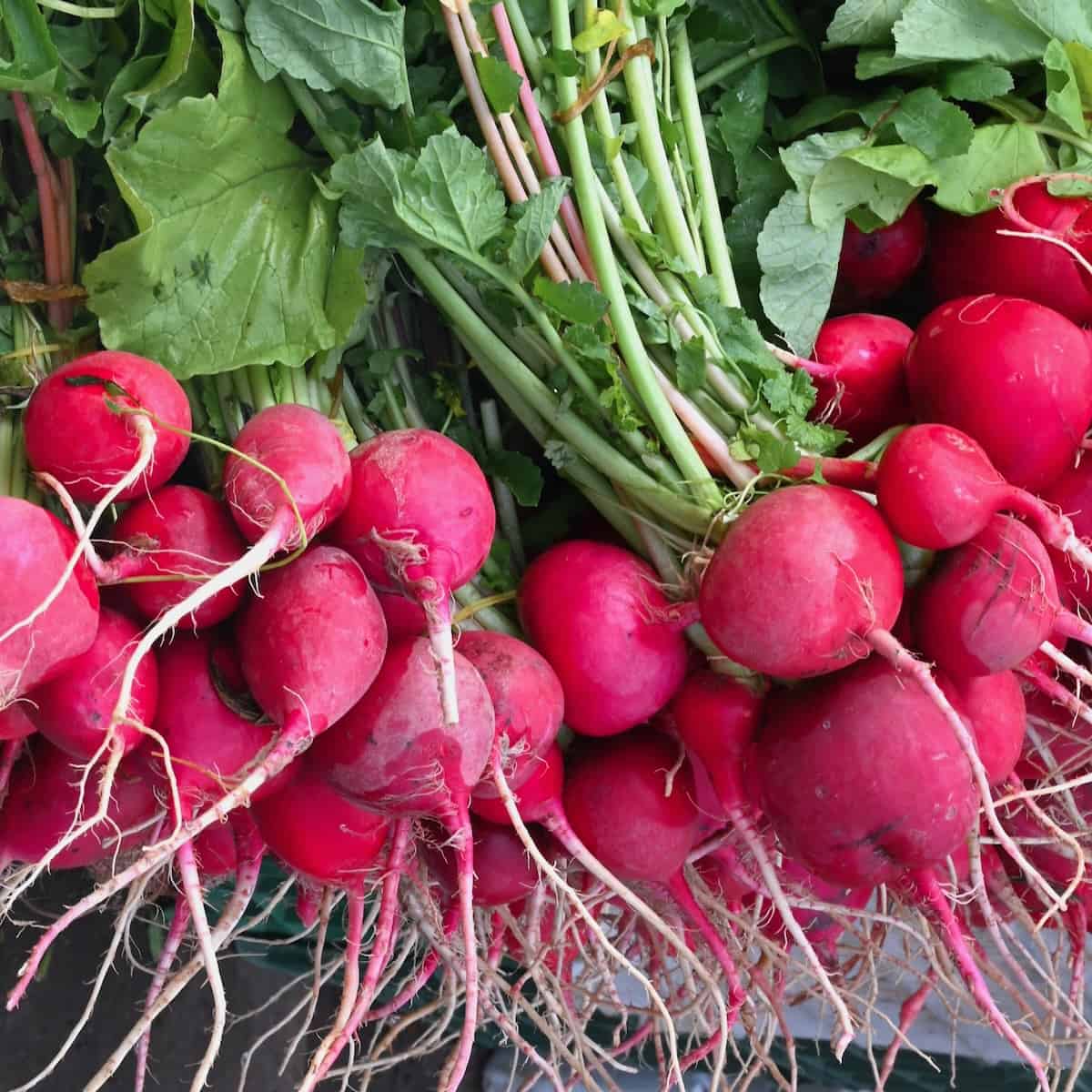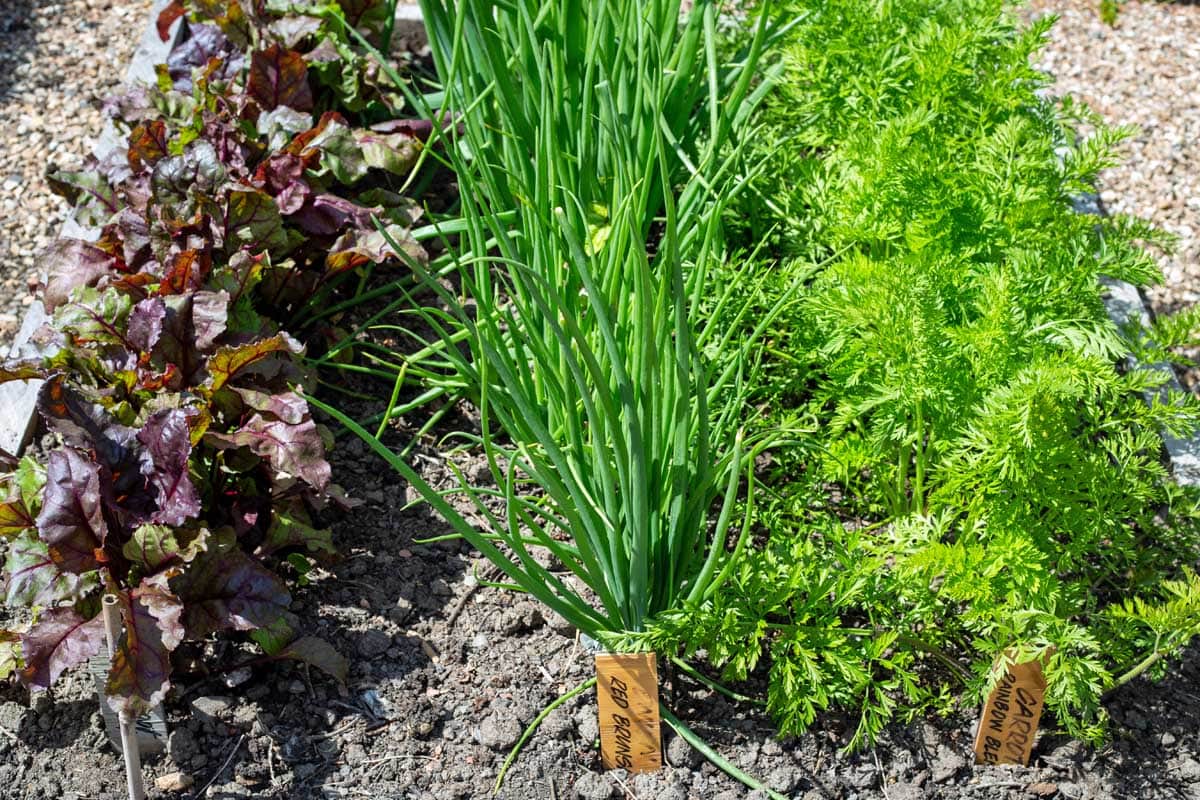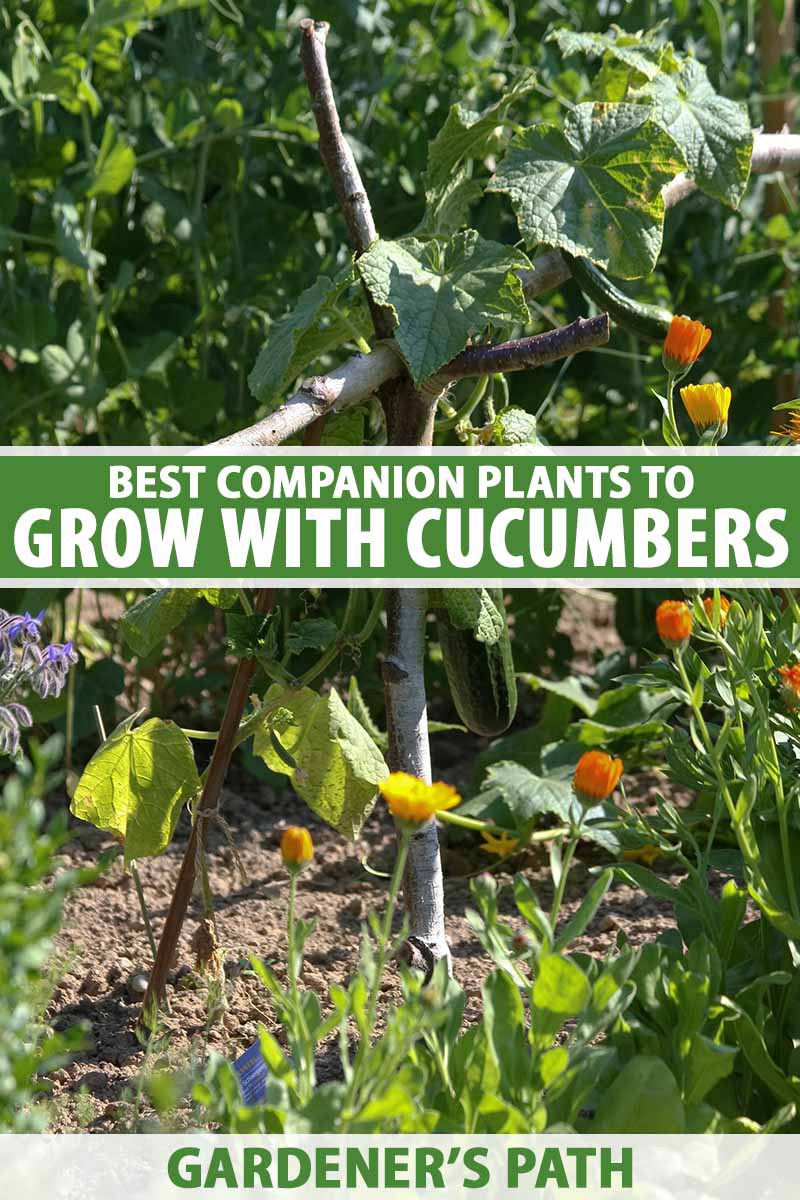The Ultimate Guide To Companion Planting Beets
The Ultimate Guide to Companion Planting Beets
Beets are a delicious and nutritious root vegetable that is easy to grow. They are also a good candidate for companion planting, which is the practice of planting different types of plants together for mutual benefit.
There are many different plants that can be companion planted with beets. Some of the best include:
- Onions and garlic: These plants deter pests such as aphids, carrot flies, and cabbage worms.
- Lettuce: Lettuce helps to suppress weeds and improve soil aeration.
- Radishes: Radishes grow quickly and mature before beets, so they can help to break up the soil and loosen it for beet roots.

- Brassicas: These plants, such as broccoli, cabbage, and cauliflower, can help to repel pests and diseases.
- Herbs: Herbs such as mint, thyme, and rosemary can help to deter pests and improve the flavor of beets.

When choosing companion plants for beets, it is important to consider the size and growth habits of the plants. For example, you would not want to plant a tall plant like corn next to a short plant like beets, as the corn would shade the beets and prevent them from getting enough sunlight.
It is also important to consider the soil conditions and climate in your area when choosing companion plants for beets. For example, if you live in an area with hot summers, you may want to choose companion plants that can tolerate heat, such as beans or corn.
If you are new to companion planting, it is a good idea to start with a few simple combinations. For example, you could plant beets with onions, lettuce, or radishes. Once you have had some success with these combinations, you can experiment with other plants.
With a little planning, you can use companion planting to help your beets grow healthy and strong.
Here are some additional tips for companion planting beets:
- Plant beets with tall plants that can provide shade in the afternoon. This will help to prevent the beet leaves from getting sunburned.
- Plant beets with plants that have similar water and nutrient requirements. This will help to ensure that the beets have everything they need to grow well.
- Avoid planting beets with plants that are susceptible to the same pests and diseases. This could help to prevent the spread of pests and diseases.
Companion planting is a great way to improve the health and productivity of your garden. By planting beets with the right companion plants, you can help them to grow strong and healthy, and you can also discourage pests and diseases.
Beets are a delicious and versatile vegetable that can be enjoyed in many different ways. But did you know that there are certain plants that can help your beets grow better? That's right, companion planting is a great way to improve the health and productivity of your garden.
Some of the best companion plants for beets include:
- Alliums: Alliums, such as onions, garlic, and chives, help to repel pests and diseases from beets. They also add nitrogen to the soil, which can help beets to grow larger and healthier roots.
- Brassicas: Brassicas, such as broccoli, Brussels sprouts, and cabbage, help to suppress weeds and attract beneficial insects to the garden. They also release chemicals that can help to protect beets from pests and diseases.
- Lettuce: Lettuce helps to shade the soil around beets, which can help to keep the roots cool and prevent them from rotting. It also helps to attract beneficial insects to the garden.
- Marigolds: Marigolds help to repel nematodes, which are pests that can damage beet roots. They also add beauty to the garden and attract pollinators.
If you're looking for more information about good companion plants for beets, I recommend visiting Gardenia Inspiration. This website has a comprehensive list of companion plants, as well as tips on how to plant and care for beets.
FAQ of good companion plants for beets
Question 1: What are some good companion plants for beets?
Answer: There are many good companion plants for beets, but some of the best include:
- Alliums: Alliums, such as onions, garlic, and chives, are known for their strong scents that can repel pests such as aphids, flea beetles, and rabbits.
- Brassicas: Brassicas, such as broccoli, Brussels sprouts, and cabbage, can help to deter pests and diseases. They can also help to improve the soil quality by fixing nitrogen.
- Herbs: Herbs such as mint, thyme, and rosemary can help to repel pests and improve the flavor of beets.
- Lettuce: Lettuce can help to suppress weeds and improve the moisture content of the soil.
- Marigolds: Marigolds are known for their insect-repelling properties. They can help to protect beets from pests such as aphids and beetles.
Question 2: What plants should I avoid planting near beets?
Answer: There are a few plants that you should avoid planting near beets, including:
- Pole beans: Pole beans can compete with beets for nutrients and sunlight.
- Field mustard: Field mustard can suppress the growth of beets.
- Charlock (wild mustard): Charlock can harbor pests and diseases that can harm beets.
Question 3: How do companion plants benefit beets?
Answer: Companion plants can benefit beets in a number of ways, including:
- Reducing pests and diseases: Some companion plants, such as alliums and marigolds, can help to repel pests and diseases that can harm beets.
- Improving soil quality: Some companion plants, such as brassicas and legumes, can help to improve the soil quality by fixing nitrogen or adding organic matter.
- Suppressing weeds: Some companion plants, such as lettuce and marigolds, can help to suppress weeds, which can compete with beets for nutrients and sunlight.
- Attracting pollinators: Some companion plants, such as herbs and flowers, can attract pollinators, which can help to increase the pollination of beets and improve their yield.
Question 4: How far apart should I plant beets and their companion plants?
Answer: The spacing requirements for beets and their companion plants will vary depending on the specific plants involved. However, as a general rule, you should plant beets and their companion plants at least 6 inches apart. This will give them enough space to grow and develop properly.
Question 5: When should I plant companion plants with my beets?
Answer: You can plant companion plants with your beets at the same time, or you can plant them a few weeks earlier. If you plant them a few weeks earlier, the companion plants will have a chance to establish themselves before the beets are planted. This can help to protect the beets from pests and diseases.
Image of good companion plants for beets
- Carrots: Carrots and beets are both root vegetables that can be planted together. They help each other to grow by deterring pests and diseases.

- Cucumbers: Cucumbers and beets can also be planted together. The cucumbers will help to shade the beets, which can help to prevent them from bolting.

- Kale: Kale is another good companion plant for beets. It helps to repel pests and diseases, and it can also help to improve the soil quality.

- Lettuce: Lettuce is a good companion plant for beets because it doesn't compete for nutrients or water. It can also help to shade the beets, which can help to prevent them from bolting.

- Onions: Onions and beets are both members of the Allium family, and they can be planted together to help repel pests and diseases.



Post a Comment for "The Ultimate Guide To Companion Planting Beets"